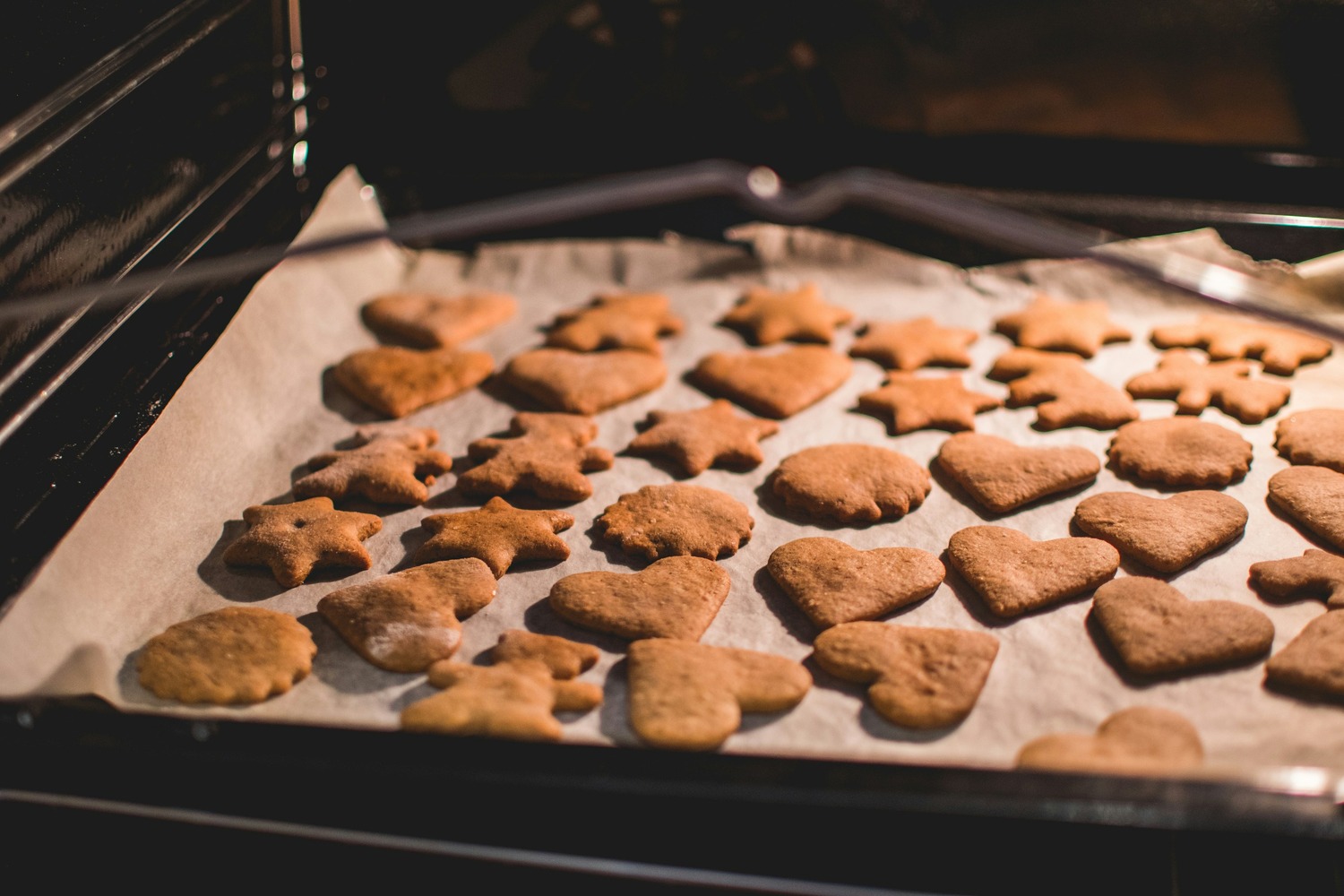There’s something timeless about opening an old kitchen drawer and finding a tool that looks like it belongs in a museum or a charming farmhouse. But here’s the kicker: those odd-looking gadgets you’ve seen in Grandma’s pantry aren’t just relics of another era—they might be seriously valuable. Antique dealers, collectors, and even modern chefs are on the hunt for these tools, not just for nostalgia but for their craftsmanship, rarity, and vintage appeal.
Unlike today’s plastic throwaways, many of these items were built to last for generations. If you’ve ever wondered whether that cast iron contraption, glass butter churn, or oddly shaped slicer has any value, it’s time to find out. You could be sitting on hundreds or even thousands of dollars in collectibility. Here are 11 vintage kitchen gadgets that antique dealers would love to get their hands on.
1. Cast Iron Apple Peelers
Before electric gadgets did the heavy lifting, cast-iron apple peelers were the pride of prep work. These manual, hand-crank peelers, often clamped to a table, could peel, core, and slice apples with impressive efficiency. They were typically built with ornate ironwork and stamped manufacturer names, like Goodell or Reading Hardware. Antique dealers especially prize early models from the 1800s and any with original parts or rare design quirks. Depending on condition and rarity, if you find one still functional or well-preserved, it could fetch between $75 and $300.
2. Butter Churns (Especially Glass or Wooden Barrel Styles)
Long before margarine took over refrigerators, butter churns were a staple in nearly every household. Whether it’s the classic wooden barrel style or the iconic glass jar with a crank and paddle, antique butter churns are hot collector’s items. Some dealers are especially drawn to churns made by Dazey, a well-known manufacturer whose products from the early 1900s can fetch several hundred dollars. Functional models with original parts, like wooden paddles or iron crank handles, are even more valuable. Even non-working churns are popular for farmhouse décor, adding to their resale appeal.
3. Mechanical Egg Beaters
You’ve probably seen one: a metal hand mixer with two spinning beaters and a side crank. These mechanical egg beaters were revolutionary in the 19th and early 20th centuries, making whisking faster and more consistent. Models with wood handles, chrome finishes, or rare branding can be especially attractive to antique hunters. Some of the most collectible versions come from brands like Dover or Universal. While modern electric mixers dominate the market now, these vintage egg beaters can sell for $25 to $100, particularly if they’re fully functional and rust-free.
4. Ceramic Mixing Bowls with Raised Patterns
Not all vintage kitchen treasures are gadgets with moving parts. From the 1920s to the 1950s, ceramic mixing bowls are highly collectible, especially those featuring raised patterns like wheat, roosters, or geometric designs. Brands like McCoy, Hull, and Watt Pottery created sets that are now cherished as both tools and home décor. Bowls in pristine condition, especially with original stamps or in full sets, can command high prices. Dealers look for consistent glazing, bright colors, and minimal chips or cracks—anything that suggests the piece was well-loved but gently used.
5. Vintage Coffee Grinders (Manual)
Before pods and electric machines, coffee drinkers ground their beans by hand using manual grinders, often wall-mounted or tabletop. These grinders were made of wood, cast iron, and sometimes brass and featured beautiful craftsmanship that appeals to today’s collectors. Certain European brands, like Peugeot (the same company that makes cars), made grinders that are especially sought after. The more intricate the design and intact the inner mechanism, the more valuable the piece becomes. Antique dealers regularly pay $100–$400 for well-preserved models.

6. Old Tin Cookie Cutters
Tin cookie cutters may seem too simple to be collectible, but the right ones can spark serious interest from collectors. Early American cookie cutters often featured intricate shapes, like animals, stars, or holiday figures, and were handmade by local tinsmiths. Pre-1950s cutters are typically unmarked, but their aged patina and unique shapes are telltale signs. Sets with rare seasonal shapes or cutters in their original boxes can fetch surprising prices. While individual cutters might only bring $5 to $20, unique or themed sets can be worth much more.
7. Hand-Crank Ice Cream Makers
There’s a nostalgic charm to hand-cranked ice cream makers, often found in wooden buckets with metal inserts and long-handled cranks. These devices were summer essentials in many households before electric models became mainstream. Antique dealers look for makers with intact inner components, original metal gears, and legible manufacturer marks. Brands like White Mountain are especially collectible. Even non-functional models are used in vintage kitchen displays or repurposed for rustic home décor. Prices can range from $50 to $250, depending on condition and brand.
8. Glass Juicers with Pour Spouts
Long before citrus press attachments and electronic gadgets, glass reamers were the go-to for squeezing lemons and oranges. These sturdy little juicers usually featured a reamer cone, a rigid bowl, and a built-in pour spout. Depression-era colored glass versions are the most sought-after, especially in green, pink, or cobalt blue. Brands like Hazel-Atlas and Federal Glass made some of the most iconic designs. Collectors value these pieces for both utility and vintage charm, with prices ranging from $20 to $100 for pristine examples.
9. Toleware Spice Sets
Toleware refers to painted tinware, often in the form of kitchen canisters or spice tins from the 18th and 19th centuries. These decorative pieces were functional, too—used to store herbs, flour, sugar, or salt. Toleware sets with original stenciling or floral motifs are highly prized, especially when the paint is intact and not overly faded. Dealers often look for complete sets in matching themes or colors. Individual tins can sell for $30–$60, while full sets may exceed $200 or more at auction.
10. Metal Bread Boxes (Especially Mid-Century Styles)
Vintage bread boxes are returning, thanks partly to retro kitchen design trends. Mid-century designs in pastel colors, chrome trim, and embossed branding are particularly desirable. Collectors seek models from brands like Lincoln Beautyware or Nesco, especially in rare colors like turquoise or coral. Aside from their aesthetic, these boxes are surprisingly practical, making them appealing to collectors and everyday users. Depending on the condition, they can fetch anywhere from $40 to $150.
11. Vintage Food Scales
Mechanical kitchen scales with weighted dials and cast iron bases were once a must-have for home cooks. Brands like Hanson and Detecto produced robust, durable scales that doubled as countertop décor. Today, collectors prize scales with bold numbering, brass pans, or enamel finishes. Decorative models carry even more value, especially those with company logos or advertising. A well-preserved vintage food scale can bring $75 to $300 or more, depending on uniqueness and condition.
Don’t Overlook the Dusty Drawer. It Might Be Valuable
That “junk” drawer in Grandma’s pantry? It could be a collector’s dream. As the vintage market continues to grow, antique kitchen tools are gaining serious traction, not just for resale value but for their craftsmanship and story. Whether you’re a casual browser at flea markets or looking to declutter an inherited kitchen, these 11 gadgets deserve a closer look.
Next time you’re digging through storage, don’t dismiss that odd-looking kitchen tool. You might be holding a slice of culinary history and a surprising windfall.
Have you ever found an old kitchen item that turned out to be valuable?
Read More:
9 Dust-Covered Collectibles Lurking in Your Basement That Could Bank You Four Figures
8 Forgotten Toys in Your Childhood Closet Now Worth More Than Your Rent
Read the full article here
















